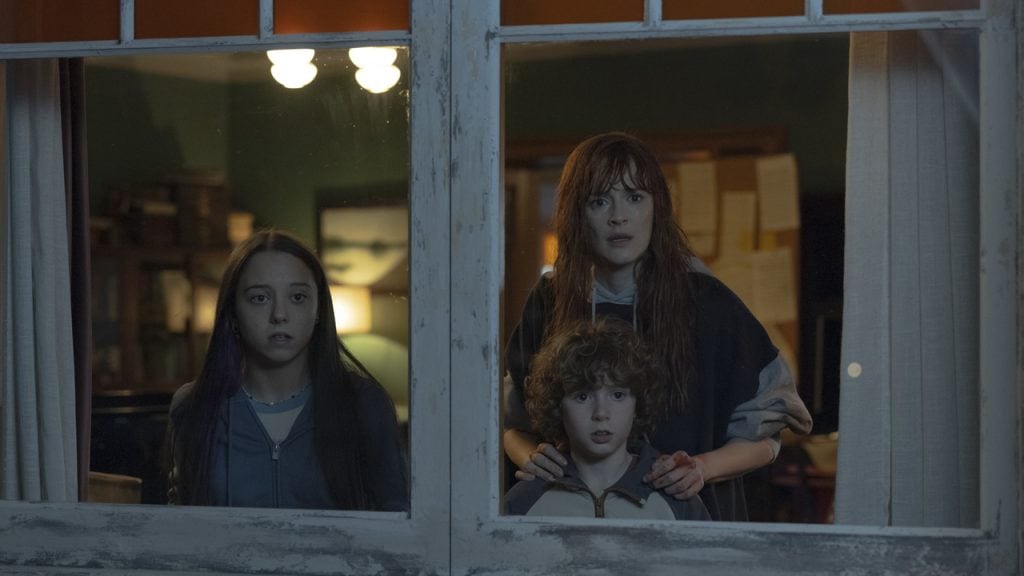If, as Godard stated, “Photography is true, therefore cinema is true 24 times a second”, it will have to be affirmed that if the misfortune is terrible, the series The last night in Tremor It is terrible 24 times per episode of the eight that make it up. Rarely does a series encompass as many misfortunes as those suffered by the protagonists of the story created by Oriol Paulo and Jordi Vallejo. The best?: the town in which the action takes place—Puerto de Vega, in Asturias—, the landscapes that surround it and the reappearance, at least for the undersigned, of Guillermo Toledo, famous iconoclast, not long ago and wonderful actor.
Of course, for a series to bring together such a quantity of misfortunes it is necessary that they also abound in its main characters. Namely: a mother with schizophrenia, a sensitive son, a composer who was struck by lightning and suffers from hallucinations, a grandson with visions, a girlfriend who was gang-raped in her native France, and the best friends with a shady past and wanted by Interpol. You can ask for more, but it’s difficult. The problem with the series in the Netflix catalog is that it coincides with television news programs that constantly show the consequences of a storm that devastated everything.
Fictional misfortunes and real misfortunes, circumstances that probably prevent us from evaluating the production and interpretation with equanimity, because even if they are correct, the accumulation of misfortunes per chapter is such that the viewer is wishing for it to end as soon as possible.
If Golpes Bajos sang that these were bad times for poetry, now they are bad times for misfortunes. And, since we are talking about misfortunes, it will be necessary to record The confidant, (Max), which in its four chapters shows us a variety of mental imbalance, that of Christelle Blandin—an extraordinary Laure Calamy—who we assume has a psychiatric qualification and which in simpler words Cecilia sang: “I would be the bride at the wedding / The child at the baptism / The dead at the funeral / As long as he leaves his mark”, a compulsive need to be the center of attention. And Miss Blandin was near the Bataclan theater when the terrible attack occurred in 2015, a perfect opportunity to pose as the companion of an imaginary badly injured person. Three years later, in 2018, she was arrested by the police when the deception of someone who wanted to leave her mark above all else was discovered.

